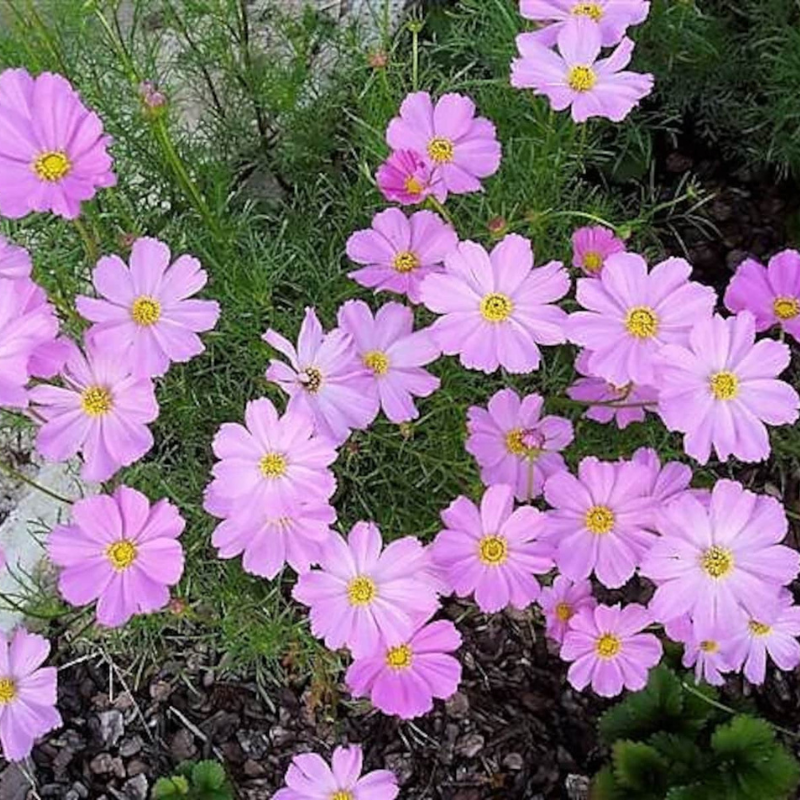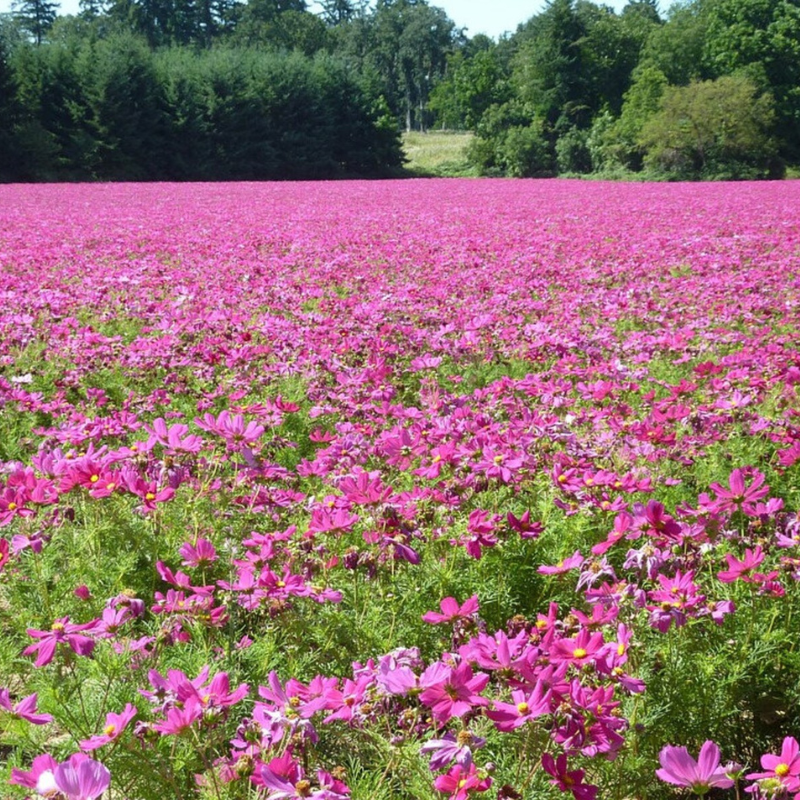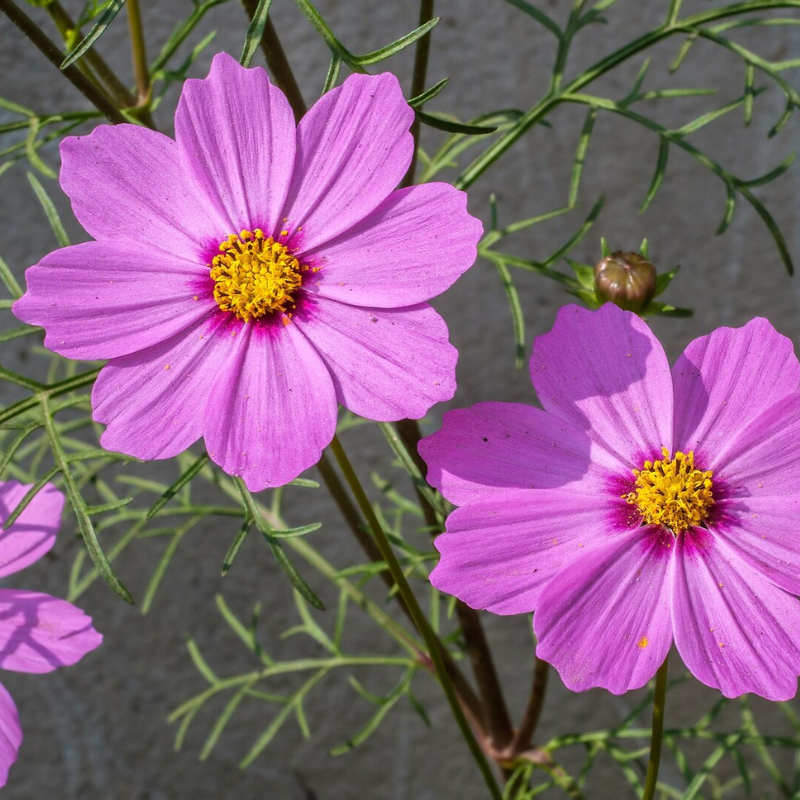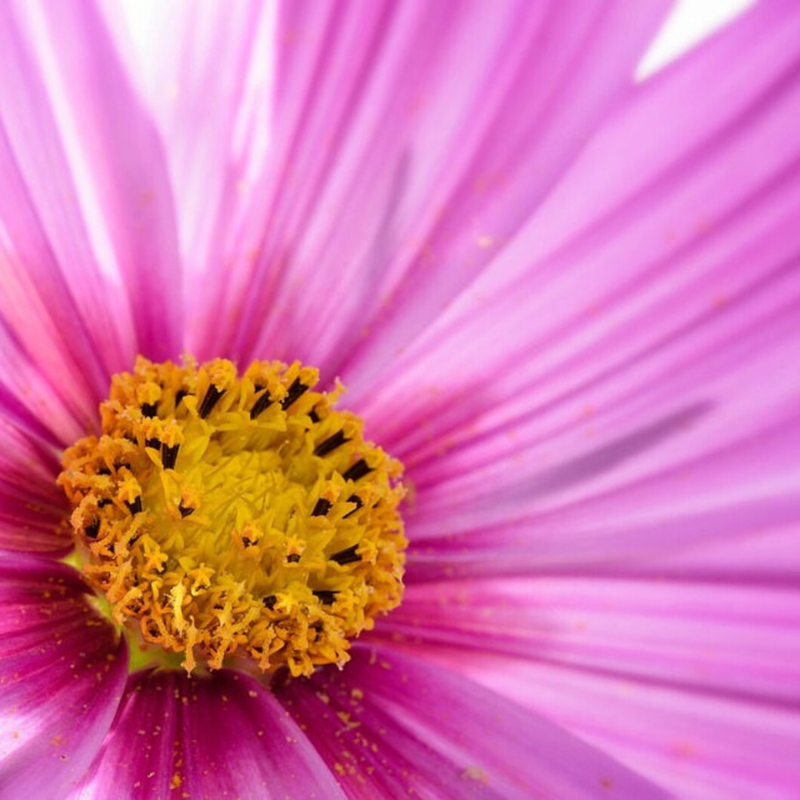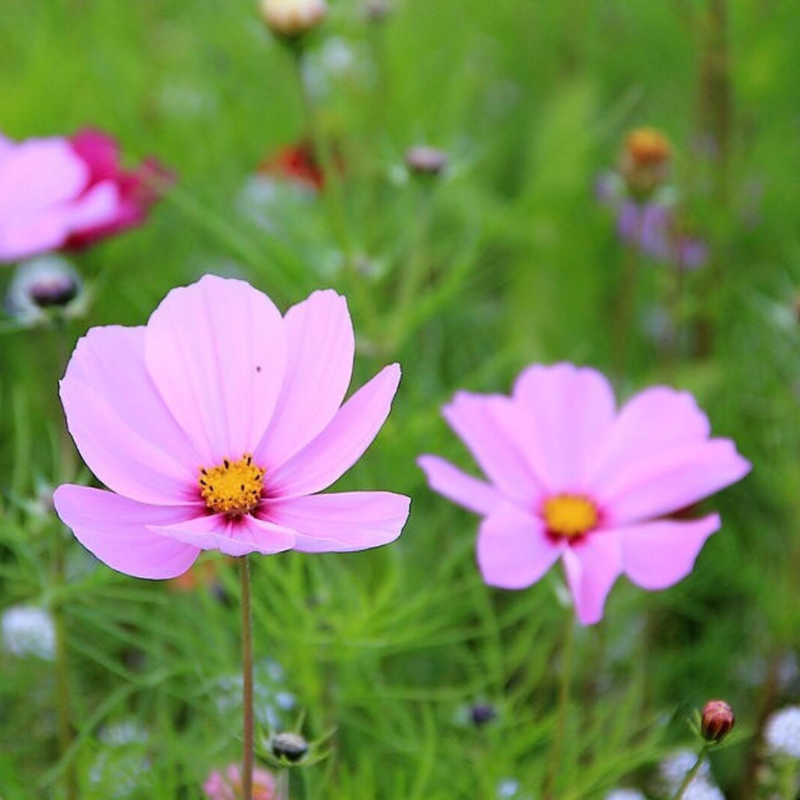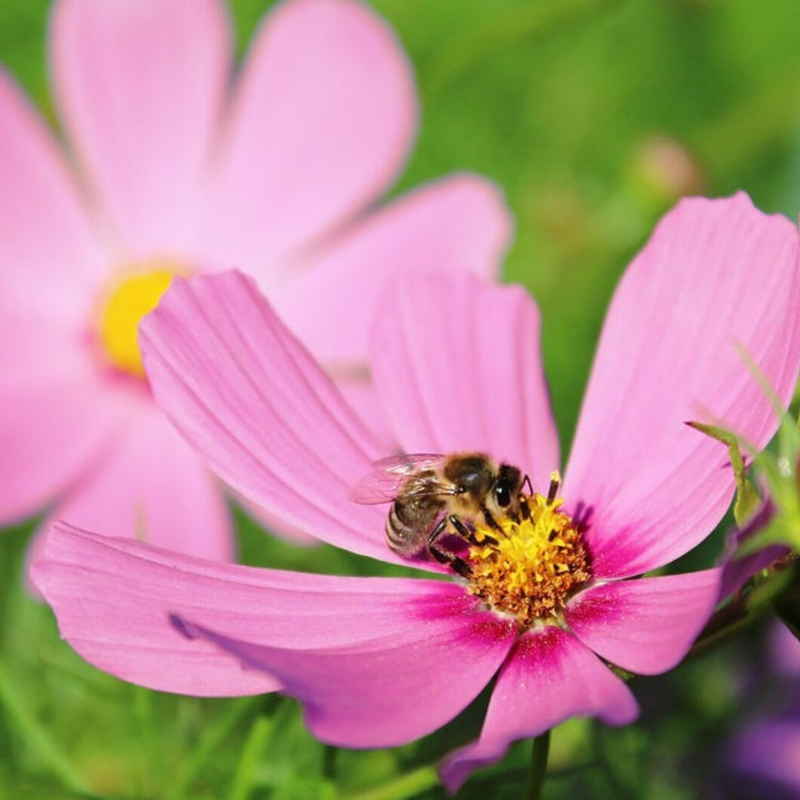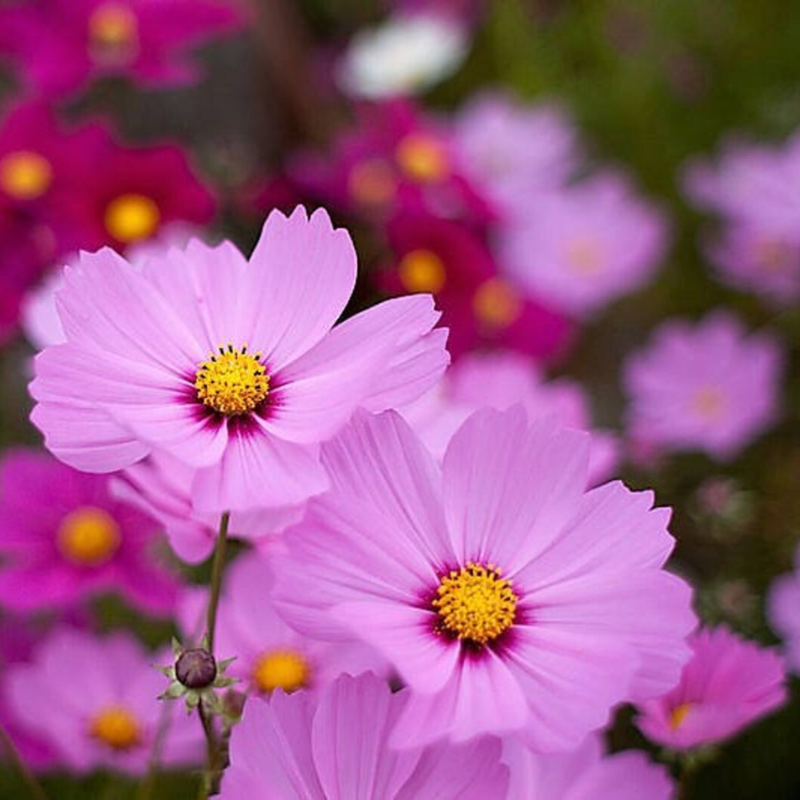- Historical context: Cosmos flowers, including the dwarf varieties, have been cultivated for their beauty and ease of growth. They belong to the Asteraceae family, which is known for its ornamental and medicinal plants.
- Geographical origination: Cosmos flowers are native to Mexico and the southern United States. They have since spread to various parts of the world due to their popularity in gardens.
- Relevant cultural significance: Cosmos flowers are often associated with love and peace. In some cultures, they are used in celebrations and as symbols of harmony.
- Time period of discovery: Cosmos flowers were first described in the 18th century by Spanish botanists exploring the New World.
- Original habitat: These flowers originally thrived in the wild, open fields and meadows of Mexico and the southern United States.
- Notable historical uses: Historically, cosmos flowers have been used primarily for ornamental purposes. They have also been used in traditional medicine in some cultures.
- Ideal temperature range: 65-85°F (18-29°C)
- Soil type: Well-drained, sandy or loamy soil
- Sunlight requirements: Full sun
- Watering needs: Moderate; allow soil to dry between waterings
- Planting season: Spring, after the last frost
- Germination time: 7-21 days
- Growth cycle duration: Annual
- Common pests and diseases: Aphids, spider mites, and powdery mildew
- Companion planting advice: Marigolds, zinnias, and sunflowers
- Common challenges and solutions: Overwatering can lead to root rot; ensure proper drainage. Aphids can be managed with insecticidal soap or neem oil.
- Nutritional values: Not applicable as cosmos flowers are not typically consumed.
- Health benefits: While not commonly used for health benefits, some traditional uses include treating minor skin irritations.
- Culinary uses: Cosmos flowers are not generally used in culinary applications.
- Medicinal uses: In some cultures, cosmos flowers have been used in traditional remedies for minor ailments.
- Other unique advantages: Attracts pollinators such as bees and butterflies
Low maintenance and drought-tolerant
Ideal for borders, containers, and garden beds
